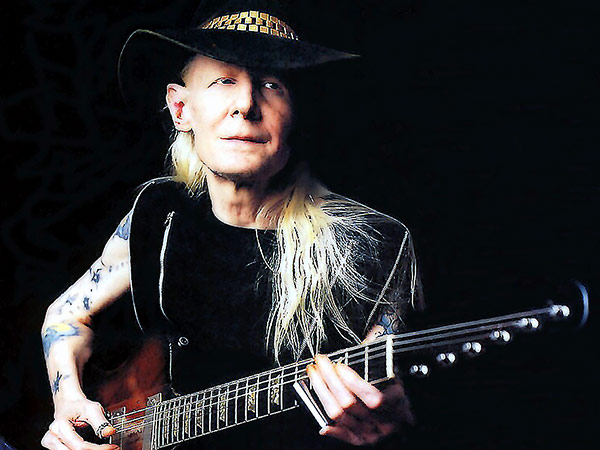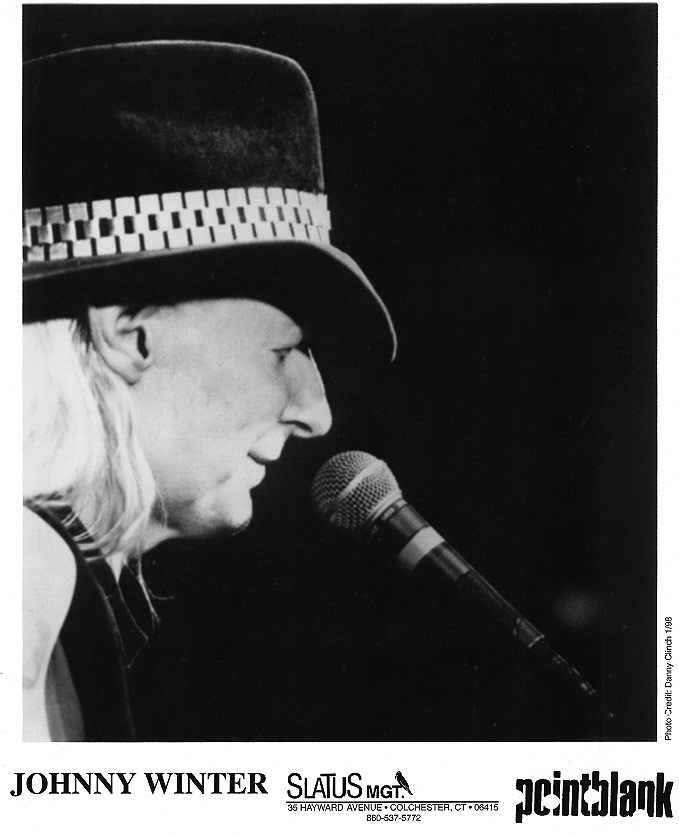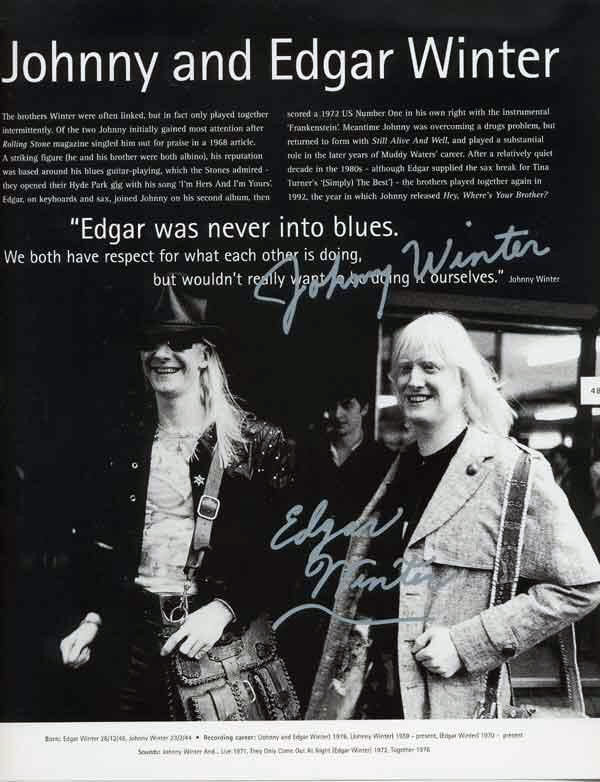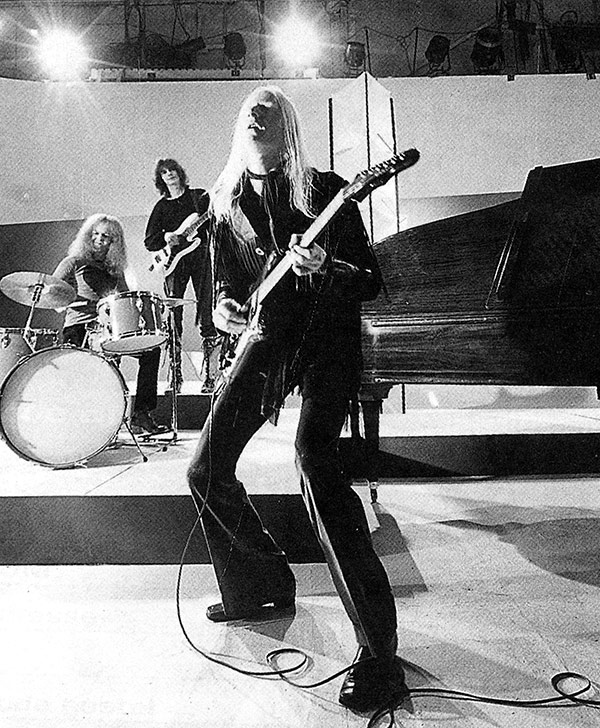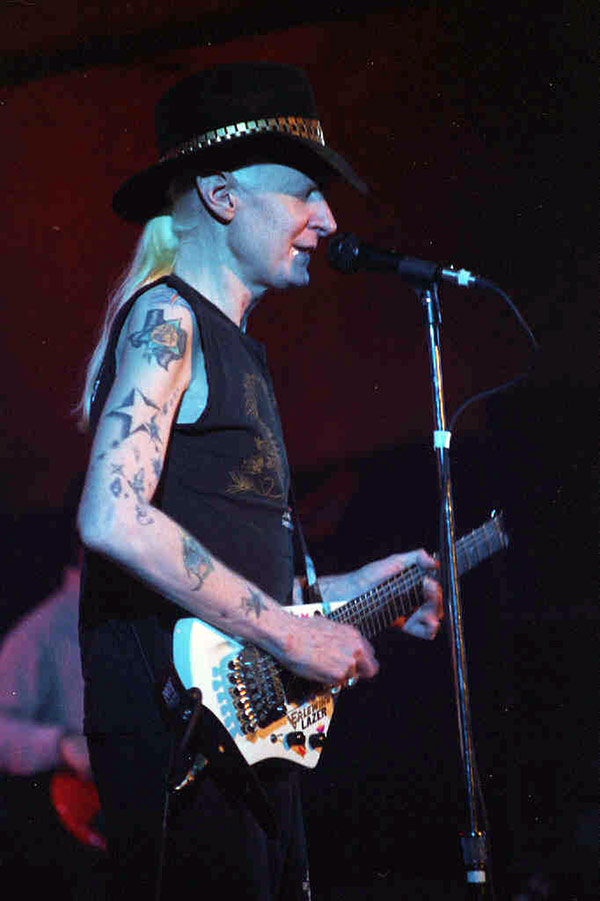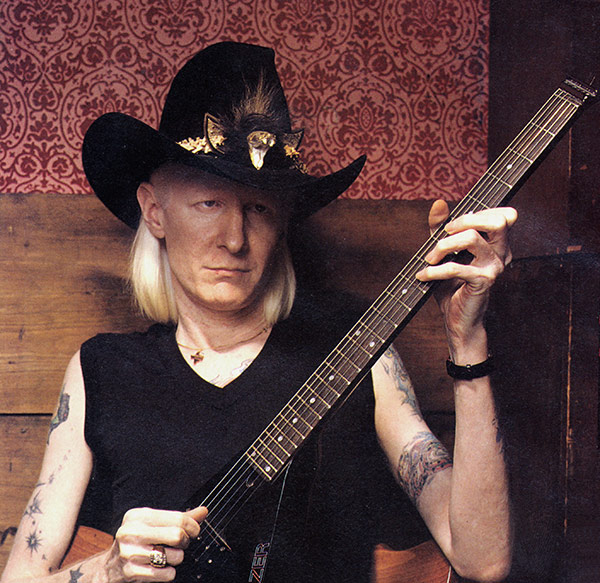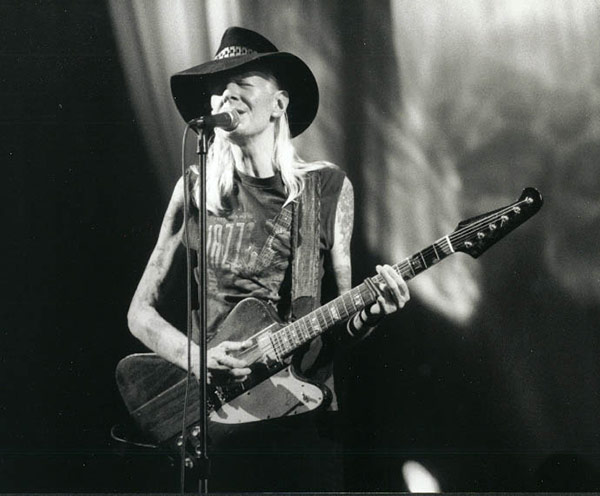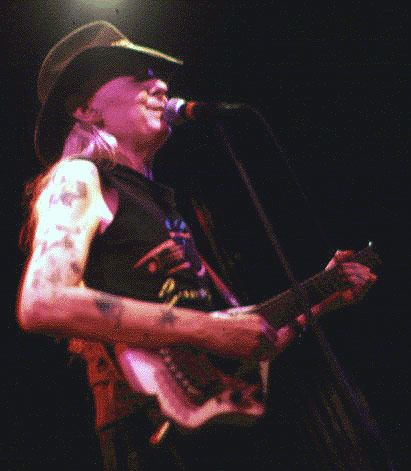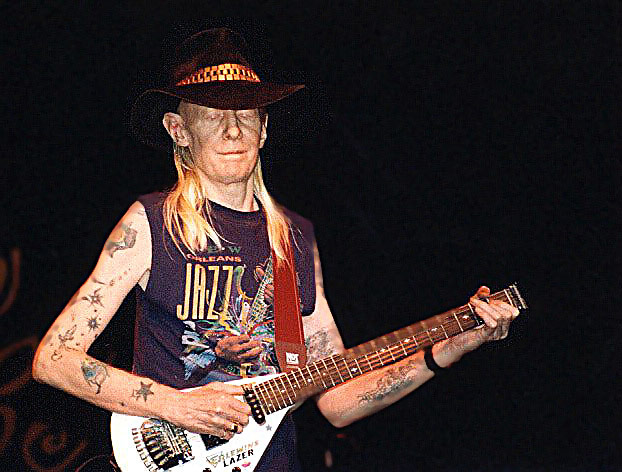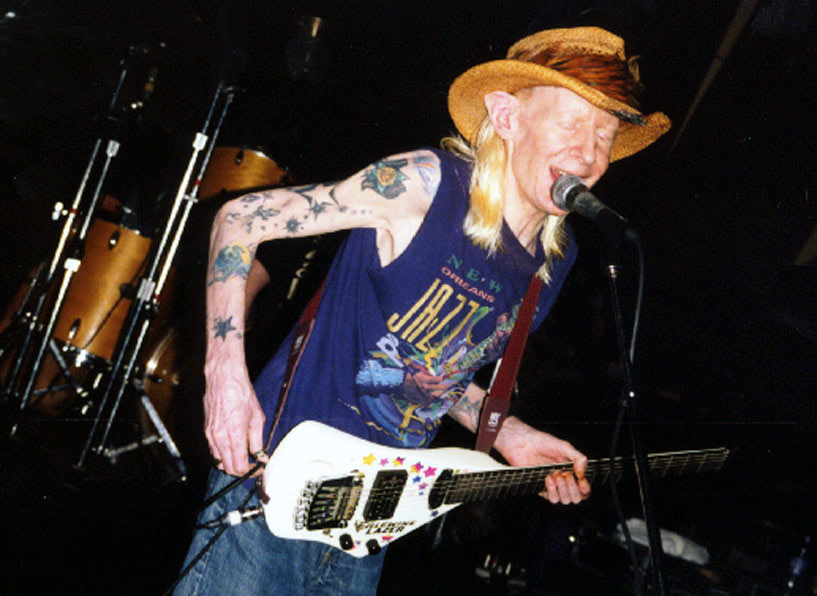Johnny Winter: The Blues Legacy Continues (1990-1999)
-
The 1990s marked a period of both reflection and revival for Johnny Winter, as the legendary guitarist stayed true to his blues roots while continuing to tour and release new material. Though the decade was quieter in terms of studio albums, Winter’s live performances remained as electrifying as ever, earning him continued respect from blues aficionados worldwide. His signature style—raw, soulful, and deeply authentic—carried him through the changing musical landscape, ensuring that his place in the pantheon of blues greats remained unchallenged. This era stands as a testament to Winter’s enduring passion for the blues and his unwavering commitment to the music that defined him.
